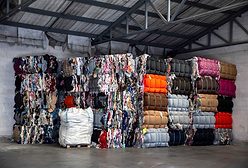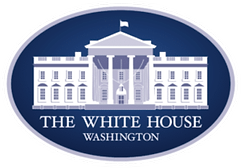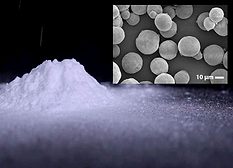Home » Keywords: » PFAS
Items Tagged with 'PFAS'
ARTICLES
Trump Administration Withdraws Proposed PFAS Effluent Limits
Implications for the Coatings and Chemical Industries
January 30, 2025
Keep the info flowing with our eNewsletters!
Get the latest industry updates tailored your way.
JOIN TODAY!Copyright ©2025. All Rights Reserved BNP Media.
Design, CMS, Hosting & Web Development :: ePublishing











.jpg?height=168&t=1731695190&width=275)